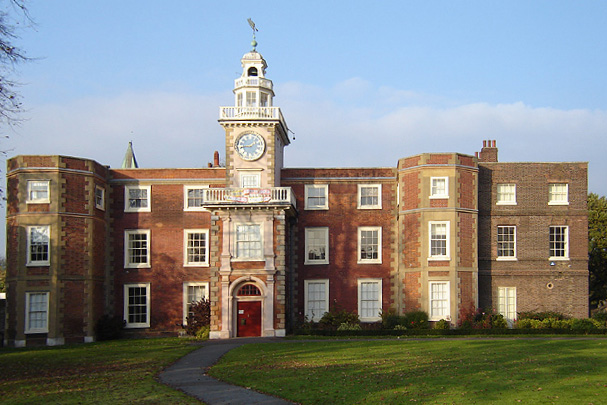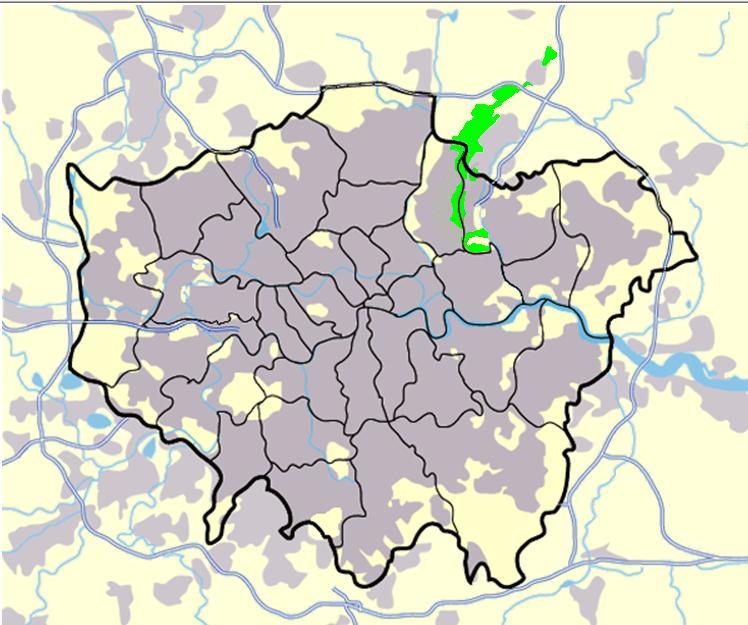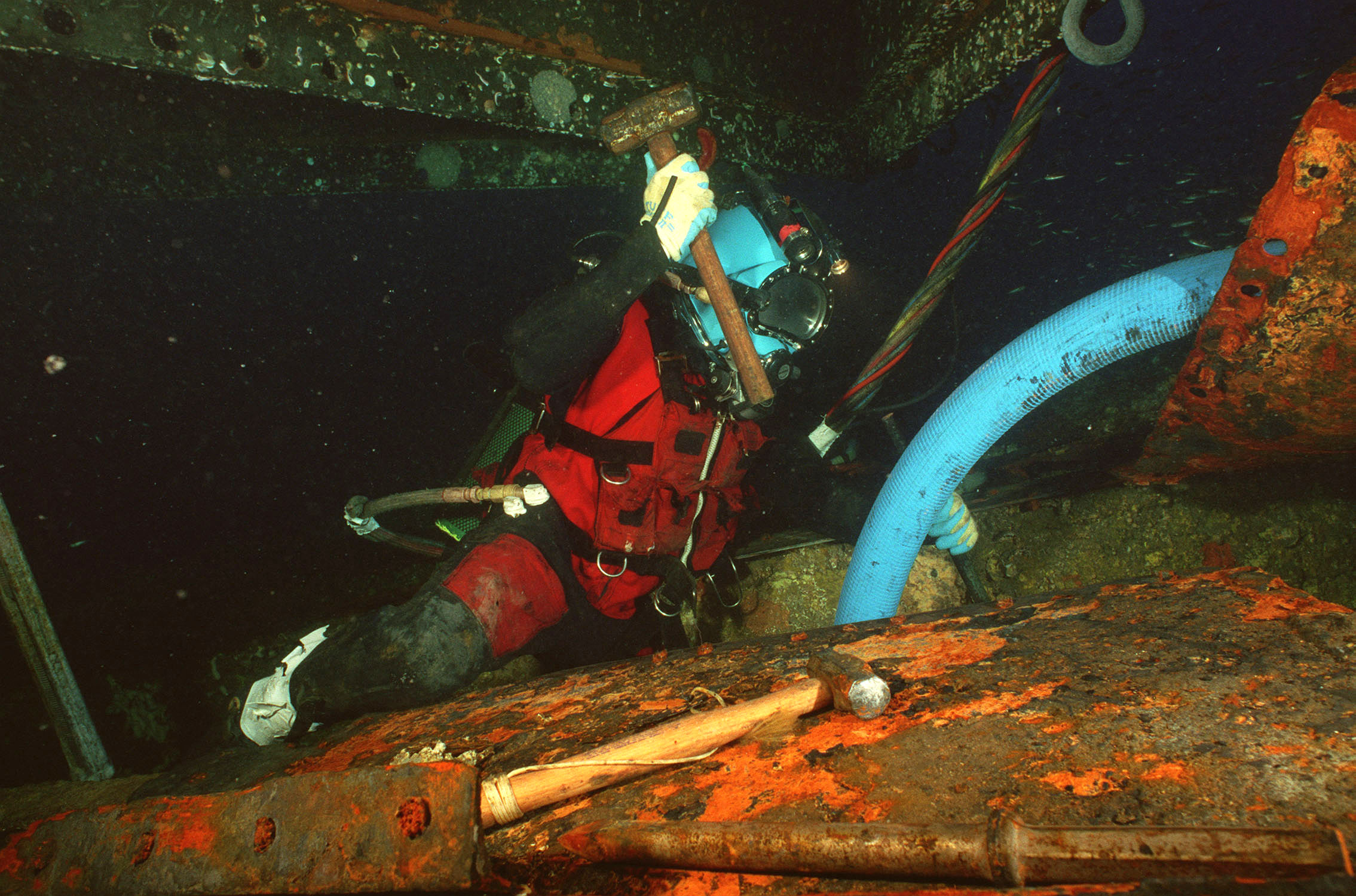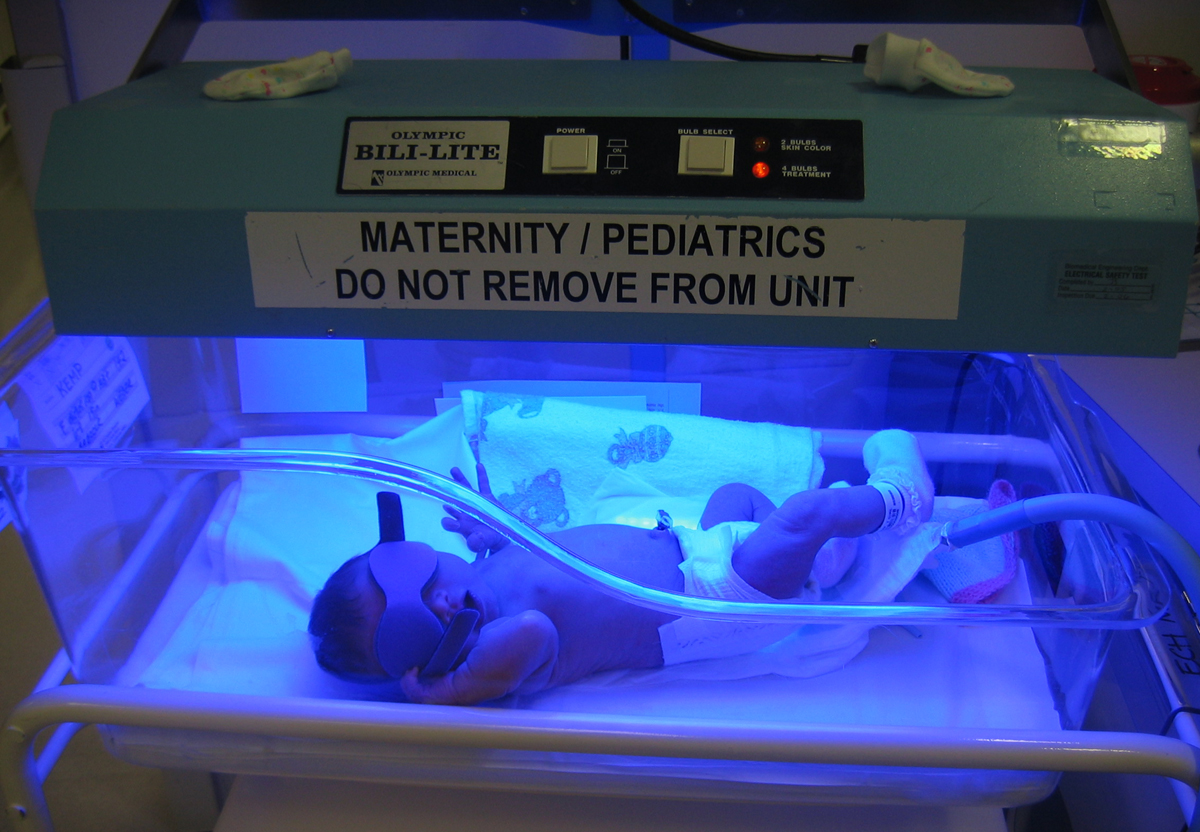|
Leonard Erskine Hill
Sir Leonard Erskine Hill FRS (2 June 1866, in Bruce Castle, Tottenham – 30 March 1952, in Corton, Suffolk) was a British physiologist. He was elected a Fellow of the Royal Society in 1900 and was knighted in 1930. One of his sons was the epidemiologist and statistician Austin Bradford Hill. His father was George Birkbeck Hill, the famous scholar and commentator on the works of Samuel Johnson, who at the time of his birth was headmaster of Bruce Castle School. Education Sir Leonard Erskine Hill attended Haileybury College. He later received his MB from University College, London in 1890. In 1931, he received an honorary LLD from the University of Aberdeen. Medicine Hill's work on blood pressure led him to believe "the arterial pressure can be taken in man as rapidly, simply, and accurately as the temperature can be taken with the clinical thermometer". This work developed into the Hill's sign. Hill was the second recipient of the T. K. Sidey Medal, set up by the Ro ... [...More Info...] [...Related Items...] OR: [Wikipedia] [Google] [Baidu] |
Bruce Castle
Bruce Castle (formerly the Lordship House) is a Grade I listed 16th-century manor house in Lordship Lane, Tottenham, London. It is named after the House of Bruce who formerly owned the land on which it is built. Believed to stand on the site of an earlier building, about which little is known, the current house is one of the oldest surviving English brick houses. It was remodelled in the 17th, 18th and 19th centuries. The house has been home to Sir William Compton, the Barons Coleraine and Sir Rowland Hill, among others. After serving as a school during the 19th century, when a large extension was built to the west, it was converted into a museum exploring the history of the areas now constituting London Borough of Haringey and, on the strength of its connection with Sir Rowland Hill, the history of the Royal Mail. The building also houses the archives of the London Borough of Haringey. Since 1892 the grounds have been a public park, Tottenham's oldest. Origins of the name ... [...More Info...] [...Related Items...] OR: [Wikipedia] [Google] [Baidu] |
University Of Aberdeen
The University of Aberdeen ( sco, University o' 'Aiberdeen; abbreviated as ''Aberd.'' in List of post-nominal letters (United Kingdom), post-nominals; gd, Oilthigh Obar Dheathain) is a public university, public research university in Aberdeen, Scotland. It is an Ancient universities of Scotland, ancient university founded in 1495 when William Elphinstone, Bishop of Aberdeen and Lord Chancellor of Scotland, Chancellor of Scotland, petitioned Pope Alexander VI on behalf of James IV of Scotland, James IV, King of Scots to establish King's College, Aberdeen, King's College, making it Scotland's 3rd oldest university and the 5th oldest in the English-speaking world and the United Kingdom. Aberdeen is consistently ranked among the top 160 universities in the world and is ranked within the top 20 universities in the United Kingdom according to ''The Times'' and ''The Sunday Times'', and 13th in the UK according to ''The Guardian''. The university comprises three colleges—King's College ... [...More Info...] [...Related Items...] OR: [Wikipedia] [Google] [Baidu] |
Epping Forest
Epping Forest is a area of ancient woodland, and other established habitats, which straddles the border between Greater London and Essex. The main body of the forest stretches from Epping in the north, to Chingford on the edge of the London built-up area. South of Chingford the forest narrows, and forms a green corridor that extends deep into East London, as far as Forest Gate; the Forest's position gives rise to its nickname, the ''Cockney Paradise''. It is the largest forest in London. It lies on a ridge between the valleys of the rivers Lea and Roding. It contains areas of woodland, grassland, heath, streams, bogs and ponds, and its elevation and thin gravelly soil (the result of glaciation) historically made it less suitable for agriculture. The Forest was historically managed as a common; the land was held by a number of local landowners who exercised economic rights over aspects such as timber, while local commoners had grazing and other rights. It was designated a ... [...More Info...] [...Related Items...] OR: [Wikipedia] [Google] [Baidu] |
Siebe Gorman
Siebe Gorman & Company Ltd was a British company that developed diving equipment and breathing equipment and worked on commercial diving and marine salvage projects. The company advertised itself as 'Submarine Engineers'. It was founded by Augustus Siebe , a German-born British engineer chiefly known for his contributions to diving equipment. Siebe plc started in the 1970s as a continuation of Siebe Gorman when Siebe Gorman started to take over other firms, to mean the new conglomerate to distinguish it from Siebe Gorman's original breathing apparatus and diving gear core business. Siebe plc was once one of the United Kingdom's largest engineering businesses. It was a constituent of the FTSE 100 Index but in 1999 it merged with BTR plc to form Invensys. Invensys was taken over by the French multinational Schneider Electric for £3.4 billion in January 2014. History *1788: Augustus Siebe was born in Saxony in Germany, named Christian Augustus Siebe.pages 16 etseq, ''The Inte ... [...More Info...] [...Related Items...] OR: [Wikipedia] [Google] [Baidu] |
Augustus Siebe
Christian Augustus Siebe (known by his middle name; 1788 – 15 April 1872) was a German-born British engineer chiefly known for his contributions to diving equipment. Contribution to diving In the 1830s the Deane brothers asked Siebe to make a variation of their smoke helmet design for underwater use. Later they turned to him to produce more helmets for diving operations. Expanding on improvements already made by another engineer, George Edwards, Siebe produced his own design; a helmet fitted to a full length watertight canvas diving suit. The real success of the equipment was a valve in the helmet. Colonel Charles Pasley, leader of the Royal Navy team that used Siebe's suit on the wreck of suggested the helmet should be detachable from the corset, giving rise to the typical standard diving dress which revolutionised underwater civil engineering, underwater salvage, commercial diving and naval diving. The company that carried his name Siebe Gorman Ltd was founded ... [...More Info...] [...Related Items...] OR: [Wikipedia] [Google] [Baidu] |
Saturation Diving
Saturation diving is diving for periods long enough to bring all tissues into equilibrium with the partial pressures of the inert components of the breathing gas used. It is a diving mode that reduces the number of decompressions divers working at great depths must undergo by only decompressing divers once at the end of the diving operation, which may last days to weeks, having them remain under pressure for the whole period. A diver breathing pressurized gas accumulates dissolved inert gas used in the breathing mixture to dilute the oxygen to a non-toxic level in his or her tissues, which can cause decompression sickness ("the bends") if permitted to come out of solution within the body tissues; hence, returning to the surface safely requires lengthy decompression so that the inert gases can be eliminated via the lungs. Once the dissolved gases in a diver's tissues reach the saturation point, however, decompression time does not increase with further exposure, as no more inert g ... [...More Info...] [...Related Items...] OR: [Wikipedia] [Google] [Baidu] |
Dive Profile
A dive profile is a description of a diver's pressure exposure over time. It may be as simple as just a depth and time pair, as in: "sixty for twenty," (a bottom time of 20 minutes at a depth of 60 feet) or as complex as a second by second graphical representation of depth and time recorded by a personal dive computer. Several common types of dive profile are specifically named, and these may be characteristic of the purpose of the dive. For example, a working dive at a limited location will often follow a constant depth (square) profile, and a recreational dive is likely to follow a multilevel profile, as the divers start deep and work their way up a reef to get the most out of the available breathing gas. The names are usually descriptive of the graphic appearance. The intended dive profile is useful as a planning tool as an indication of the risks of decompression sickness and oxygen toxicity for the exposure, to calculate a decompression schedule for the dive, and also fo ... [...More Info...] [...Related Items...] OR: [Wikipedia] [Google] [Baidu] |
Underwater Diving
Underwater diving, as a human activity, is the practice of descending below the water's surface to interact with the environment. It is also often referred to as diving, an ambiguous term with several possible meanings, depending on context. Immersion in water and exposure to high ambient pressure have physiological effects that limit the depths and duration possible in ambient pressure diving. Humans are not physiologically and anatomically well-adapted to the environmental conditions of diving, and various equipment has been developed to extend the depth and duration of human dives, and allow different types of work to be done. In ambient pressure diving, the diver is directly exposed to the pressure of the surrounding water. The ambient pressure diver may dive on breath-hold (freediving) or use breathing apparatus for scuba diving or surface-supplied diving, and the saturation diving technique reduces the risk of decompression sickness (DCS) after long-duration deep dives ... [...More Info...] [...Related Items...] OR: [Wikipedia] [Google] [Baidu] |
Carbon Dioxide
Carbon dioxide (chemical formula ) is a chemical compound made up of molecules that each have one carbon atom covalently double bonded to two oxygen atoms. It is found in the gas state at room temperature. In the air, carbon dioxide is transparent to visible light but absorbs infrared radiation, acting as a greenhouse gas. It is a trace gas in Earth's atmosphere at 421 parts per million (ppm), or about 0.04% by volume (as of May 2022), having risen from pre-industrial levels of 280 ppm. Burning fossil fuels is the primary cause of these increased CO2 concentrations and also the primary cause of climate change.IPCC (2022Summary for policy makersiClimate Change 2022: Mitigation of Climate Change. Contribution of Working Group III to the Sixth Assessment Report of the Intergovernmental Panel on Climate Change Cambridge University Press, Cambridge, United Kingdom and New York, NY, USA Carbon dioxide is soluble in water and is found in groundwater, lakes, ice caps, ... [...More Info...] [...Related Items...] OR: [Wikipedia] [Google] [Baidu] |
Oxygen Toxicity
Oxygen toxicity is a condition resulting from the harmful effects of breathing molecular oxygen () at increased partial pressures. Severe cases can result in cell damage and death, with effects most often seen in the central nervous system, lungs, and eyes. Historically, the central nervous system condition was called the Paul Bert effect, and the pulmonary condition the Lorrain Smith effect, after the researchers who pioneered the discoveries and descriptions in the late 19th century. Oxygen toxicity is a concern for underwater divers, those on high concentrations of supplemental oxygen (particularly premature babies), and those undergoing hyperbaric oxygen therapy. The result of breathing increased partial pressures of oxygen is hyperoxia, an excess of oxygen in body tissues. The body is affected in different ways depending on the type of exposure. Central nervous system toxicity is caused by short exposure to high partial pressures of oxygen at greater than atmospheric pr ... [...More Info...] [...Related Items...] OR: [Wikipedia] [Google] [Baidu] |
Decompression Sickness
Decompression sickness (abbreviated DCS; also called divers' disease, the bends, aerobullosis, and caisson disease) is a medical condition caused by dissolved gases emerging from solution as bubbles inside the body tissues during decompression. DCS most commonly occurs during or soon after a decompression ascent from underwater diving, but can also result from other causes of depressurisation, such as emerging from a caisson, decompression from saturation, flying in an unpressurised aircraft at high altitude, and extravehicular activity from spacecraft. DCS and arterial gas embolism are collectively referred to as decompression illness. Since bubbles can form in or migrate to any part of the body, DCS can produce many symptoms, and its effects may vary from joint pain and rashes to paralysis and death. DCS often causes air bubbles to settle in major joints like knees or elbows, causing individuals to bend over in excruciating pain, hence its common name, the bends. Individu ... [...More Info...] [...Related Items...] OR: [Wikipedia] [Google] [Baidu] |
Light Therapy
Light therapy, also called phototherapy or bright light therapy is intentional daily exposure to direct sunlight or similar-intensity artificial light in order to treat medical disorders, especially seasonal affective disorder (SAD) and circadian rhythm sleep-wake disorders. Treating skin conditions such as neurodermatitis, psoriasis, acne vulgaris, and eczema with ultraviolet light is called ultraviolet light therapy. Medical uses Nutrient deficiency Vitamin D deficiency Exposure to light at specific wavelengths of Ultraviolet B (abbreviated as UV-B or UVB) enables the body to produce vitamin D to treat vitamin D deficiency. Skin conditions Light therapy treatments for the skin usually involve exposure to ultraviolet light. The exposures can be to a small area of the skin or over the whole body surface, as in a tanning bed. The most common treatment is with narrowband UVB, which has a wavelength of approximately 311–313 nanometers. Full body phototherapy can be d ... [...More Info...] [...Related Items...] OR: [Wikipedia] [Google] [Baidu] |

.jpg)





